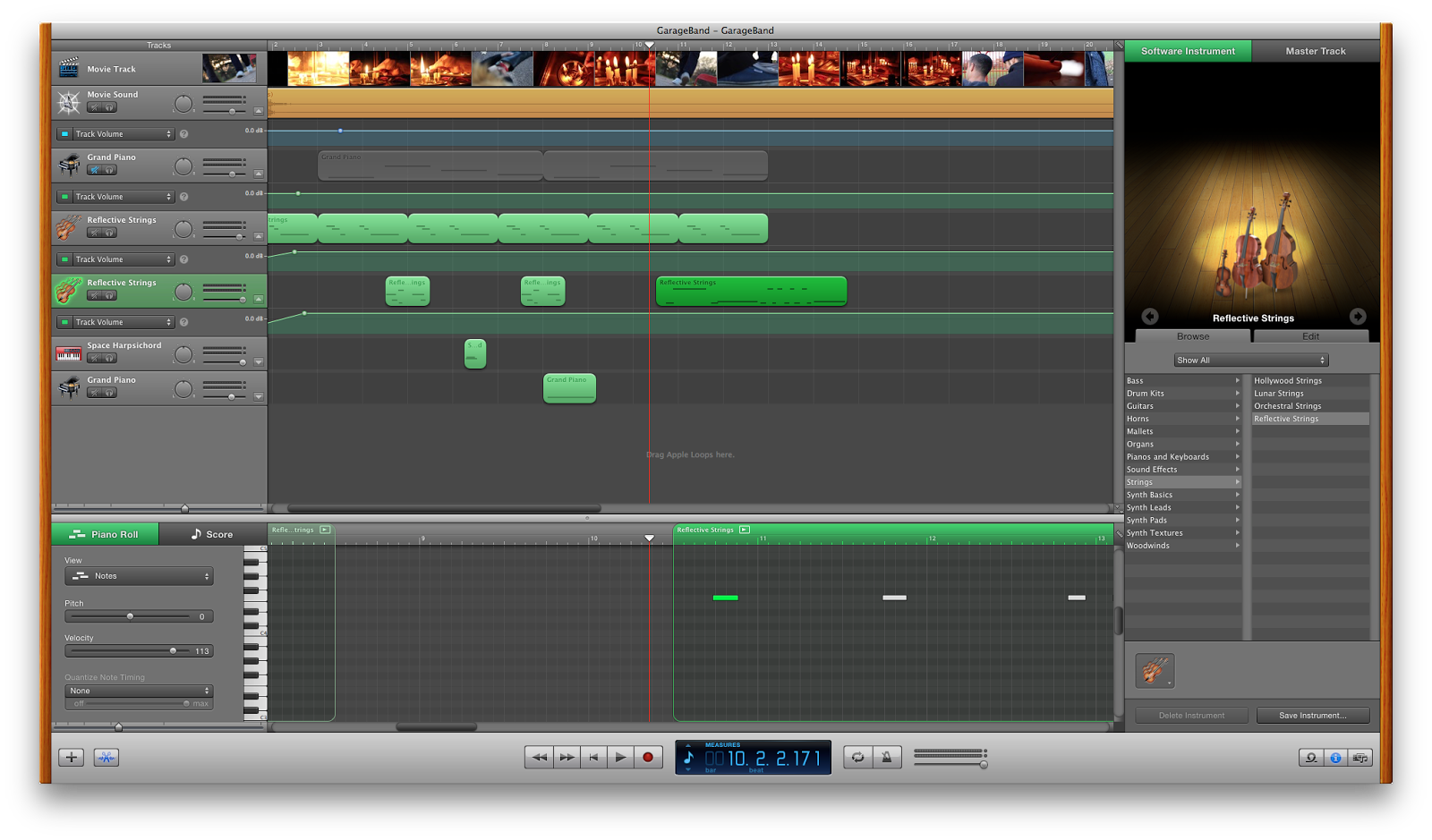
A production logo is the 'tag' a company uses to brand what they produce, used by television producing companies. What differentiates a production logo from a normal logo is that they use movement and sound. In films they are usually shown at the beginning, while in TV programmes they appear at the end.
A production logo is important as it helps people associate a genre with the company, which prepares them for the sort of film they are going to see. Also, the better known the production logo/company then the more likely that the people will watch the film as they will know the companies reputation and therefore will expect quality.
For example, if someone was to see the Sleeping Beauty castle, they would automatically associate it with Disney, which in turn makes people think of fairy tale classics and magical lands. So when people see this production logo, or even hear the music to it, they will know that they are about to watch a family film full of adventure and, most likely, music and magic.
On the other hand, if people were to see the 'Twisted Pictures' production logo they would most likely associate it with horror films, such as the Saw film series. Apart from the name stating clearly what type of films they produce, the image of the wire binding and then unbinding the words, leaving scratches all over them, paints a clear picture of what to expect. Additionally, the sound chosen for this production logo is a scream at the end after the sounds of the scrapping wires, which once again reinforces the idea of the film being a horror or thriller based genre.
Not all production logos will clearly state by the name what type of films they produce. However, with the help of the sounds and movements, the audience will be able to get some idea. They can be as long as five to thirsty seconds long, depending on the what movement is involved to keep the viewers' attention focused.






